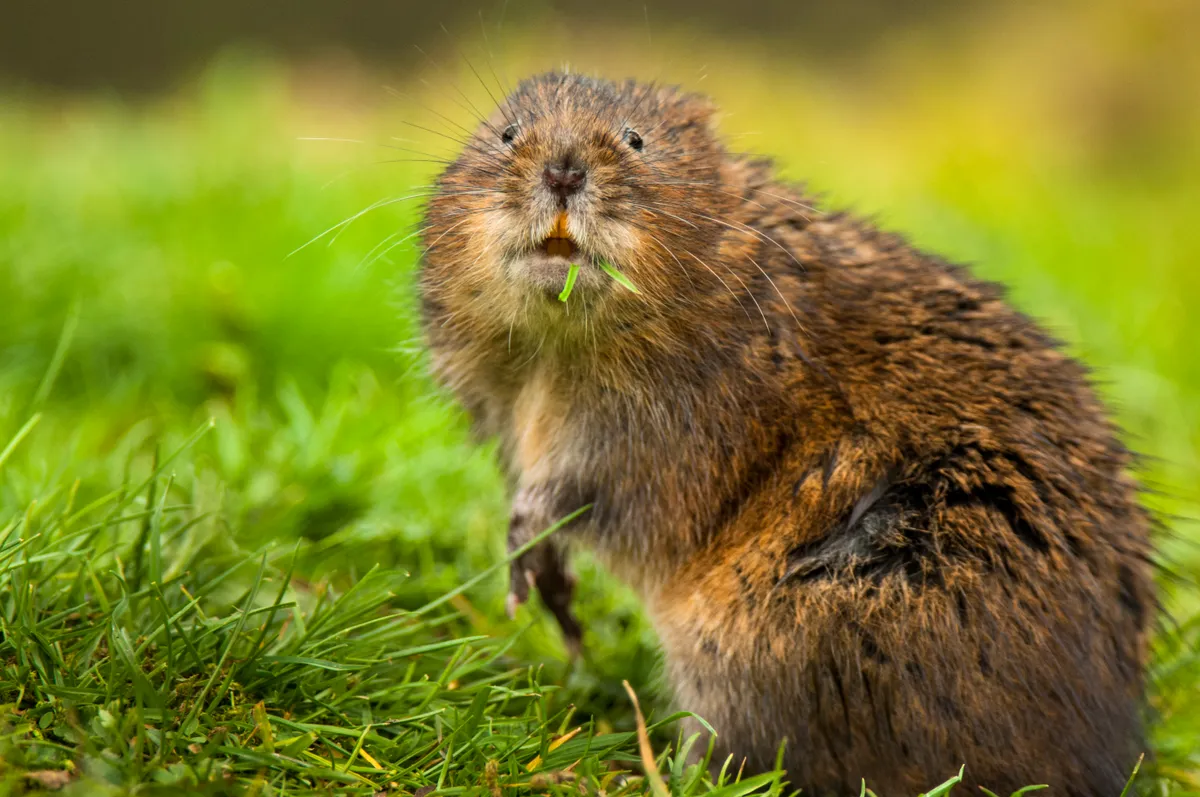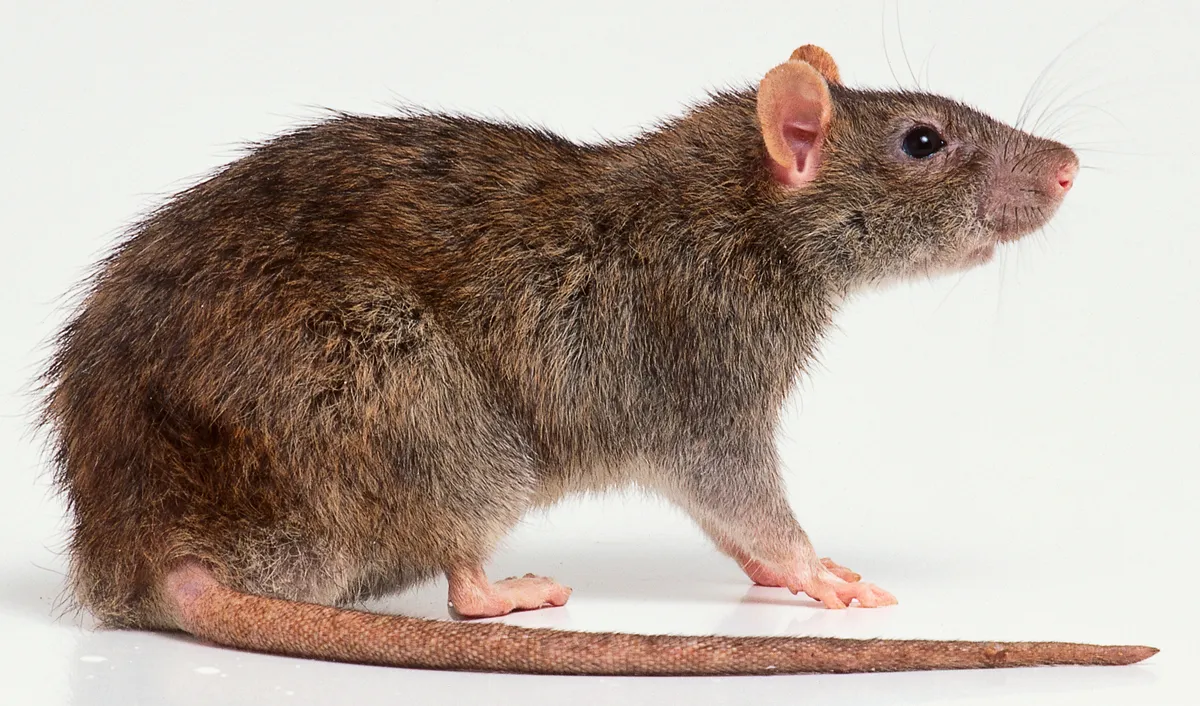At first glance, brown rats and water voles can look surprisingly similar—but these two rodents lead very different lives. While brown rats are infamous city dwellers, water voles are shy, semi-aquatic creatures often found along rivers and ponds.
How to identify water voles
Scientific name: Arvicola terrestris
Fur: Water vole fur is dark chocolate brown, yellowish on flanks
Size: Male water voles can be up to 20cm long (head and body); tail half the length of a rat’s.
Ears: Small and dark and buried in fur
Nose: Chubby and rounded

Body: Rounded and chunky
Tail: A water vole's tail is furry, thin and hard to see and it's short - less than half the body length
What can I look for on land? The blunt head, brown fur and short, hairy tail that’s hard to see. Their tracks are easy to identify – the forefeet have four toes, while the hindfeet have five.
What can I look for in water? Swims well and dives with a loud ‘plop’ if alarmed.
Any other signs? Substantial piles of droppings at the water’s edge. Voles also eat aquatic vegetation and leave bits lying around. Their burrows are similar to those of rats.
Habitat: Water voles live in and around rivers, ditches, ponds and along urban waterways.
How to identify brown rats
Scientific name: Rattus norvegicus
Fur: Brown rat fur is mainly pale grey-brown; grey-white on flanks and belly
Size: Male brown rats can be up to 50cm long (head and body 25cm, tail about the same).
Ears: Prominent and pale and stick up above head
Nose: Pointed

Body: Long and lean
Tail: A brown rat's tail is scaly, thick and very obviously long - more than half the body length
What can I look for on land? The rat’s prominent ears and long, scaly tail are key identification features.
What can I look for in water? There’s possible confusion here because rats can also swim well. However, unlike water voles, they won’t dive if alarmed.
Any other signs? Groups of oval droppings and burrows with obvious trails
Habitat: Brown rats can be found close to human habitation – around buildings, farmyards, rubbish tips and gardens, also urban waterways.
- Amphibian vs reptile: what's the difference?
- Crow vs raven: what's the difference between these two black corvids?
- Alpacas vs llamas – what's the difference between these two South American camelids?
- Skate vs ray: what's the difference between these stunning ocean creatures that look like flattened sharks?
- Mink or otter? What's the difference between these two slippery, semiaquatic lookalikes?






